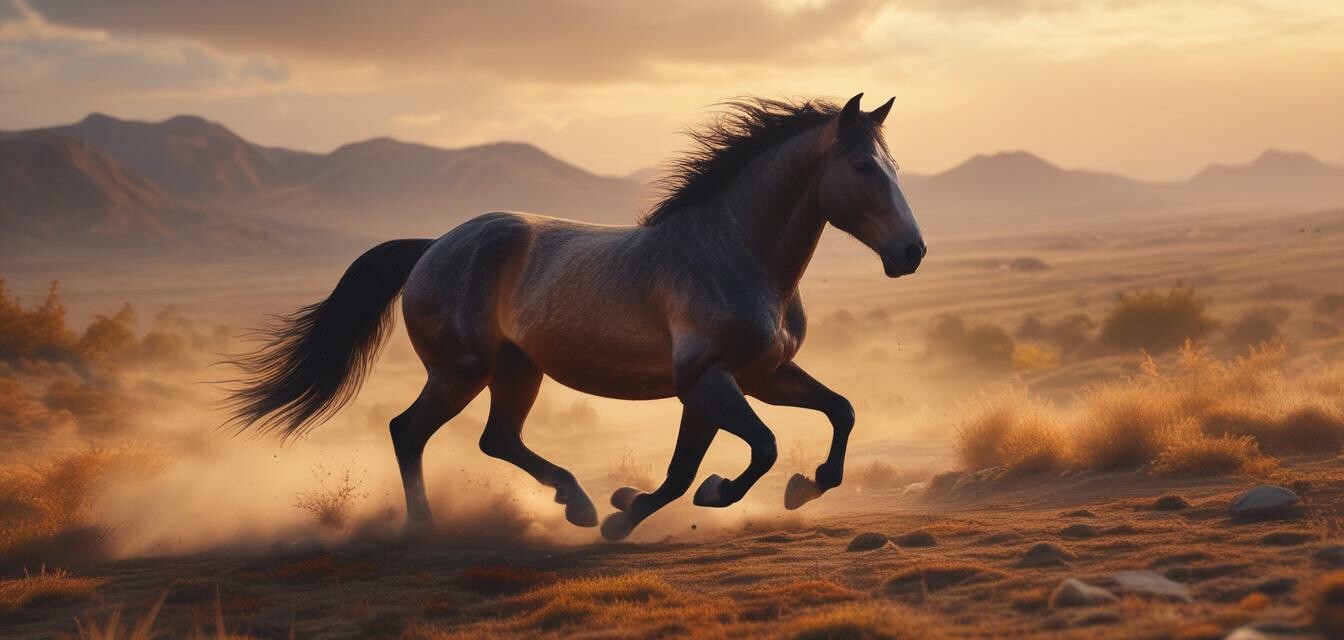
How art and equestrian sports intersect
- Art influences the aesthetics of equestrian sports.
- Equestrianism has inspired numerous art forms throughout history.
- Notable artists and their connections to horseback riding.
- The importance of creativity in both equestrian sports and arts.
- How emerging trends combine these two worlds.
The world of equestrian sports encapsulates not just the skills and techniques of horse riding, but also a profound aesthetic appreciation that mirrors the world of art. From stunning visuals in equestrian attire to the way horses are depicted in classic and contemporary art, the intersection of these two worlds is rich and compelling.
The aesthetic intersection
Art and horseback riding share a deep, intrinsic connection that enhances the experience for both spectators and participants alike. The visual appeal of equestrian competitions, with their brilliant colors and elegant movements, is often likened to a live art performance. Here are a few ways in which aesthetics are woven into the fabric of equestrian sports:
- Costume design: The attire worn during competitions can reflect artistic trends, from the classic elegance of traditional riding apparel to the modern twists seen in contemporary equestrian fashion.
- Horse grooming: The meticulous styling of horses can transform them into living artworks, showcasing the artistry inherent in care and presentation.
- Event décor: Equestrian events often incorporate artistic themes, with setups and decorations that enhance the visual narrative of the competitions.
Historical influences: Art meets equestrianism
Throughout history, horses have been depicted in art in various cultures, underlining their significance. Artists from different eras have captured the beauty and grace of horses, giving us a glimpse into their symbolic meanings. Below are notable historical examples:
| Artist | Artwork/Period | Description |
|---|---|---|
| Leonardo da Vinci | Study of Horse, 1482 | A detailed sketch showcasing the anatomical structure of a horse, emphasizing its beauty and strength. |
| George Stubbs | Whistlejacket, 1762 | A life-sized painting of a rearing horse that captures its power and majesty in motion. |
| Pablo Picasso | Guernica, 1937 | A painting representing chaos during the Spanish Civil War, featuring a symbolic depiction of a horse to represent suffering. |
Modern expressions: Contemporary connections
Today, the intersection of art and equestrian sports continues to evolve. Modern artists are influenced by the themes of movement, freedom, and connection represented in horseback riding. Here are a few contemporary expressions:
- Photography: Equestrian photography is a burgeoning field that captures the emotional and dynamic moments of horse riding, showcasing both the horse and rider as artistic subjects.
- Installation art: Some artists create installations that explore the bond between humans and horses, using materials resembling horse tack and supplies to convey their message.
- Fashion collaborations: The rise of equestrian-themed fashion shows combines art with riding culture, attracting a new audience to both industries. For more on riding apparel trends, check out our Riding Apparel page.
Highlighting notable artists
Several artists have gained recognition for their works centered around equestrian themes. Here are some notable names:
- Jean-Baptiste-Camille Corot
- Francois Boucher
- Julius Bissier
- Giorgio Morandi
Equestrian sports in pop culture
The influence of horseback riding extends into pop culture, impacting film, literature, and even digital media. Films often romanticize the connection between humans and horses. Additionally, video games incorporate equestrian elements, allowing players to explore the experience of riding in a virtual realm.
The future of art in equestrian sports
As we move forward, the relationship between art and horseback riding will likely continue to grow and evolve. The increasing popularity of equestrian sports globally has spurred new avenues for artistic expression within this niche. Collaborations between artists and equestrian brands are expected to flourish, blending functionality with creativity.
Pros
- Enhanced aesthetic appreciation in equestrian sports.
- Encourages creativity among riders and trainers.
- Strengthens the cultural significance of horseback riding.
Cons
- Potential commercialization of traditional practices.
- Artistic interpretations can sometimes overshadow the sport's fundamentals.
Conclusion
The intersection of art and equestrian sports reveals an intricate tapestry of creativity and talent. As both fields continue to influence each other, we can expect to see exciting new trends and artistic expressions emerge. Whether through equestrian competitions or artistic portrayals, the bond between horses and art is indelible, providing inspiration for generations to come. To stay updated with more trends in horseback riding, check our News and Trends category.
